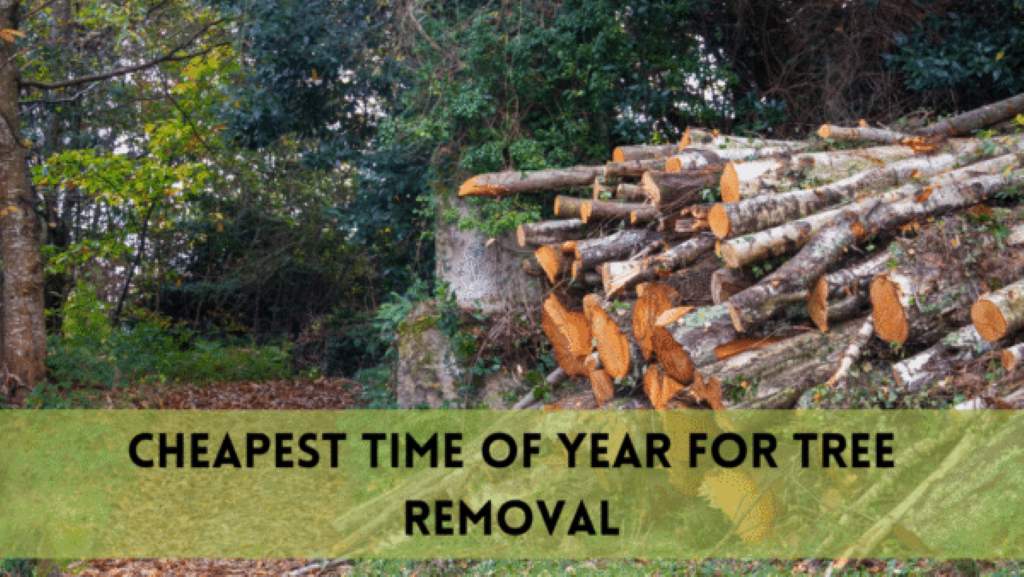Dogwood trees are renowned for their stunning beauty and vibrant flowers, making them a beloved addition to many landscapes. Knowing when to trim a dogwood tree is essential for maintaining its health, encouraging new growth, and preventing diseases. Proper trimming enhances its appearance, encourages new growth, and prevents diseases. In this comprehensive guide, we’ll cover the best practices for pruning a dogwood tree, answer frequently asked questions, and provide valuable insights based on expert knowledge and experience.
When to Trim a Dogwood Tree?
Knowing when is the best time to trim a dogwood tree is essential. Timing plays a significant role in the tree’s overall health and vitality. Tree trimming at the wrong time can lead to stress, disease, or stunted growth. The ideal time to trim a dogwood tree is during its dormant season, which typically occurs in late fall to early winter when the tree has shed its leaves and is less susceptible to stress.
Why Trim During Dormancy?
Trimming during dormancy allows the tree to conserve energy and recover faster, promoting robust growth in the upcoming spring. Additionally, the absence of leaves makes it easier to assess the tree’s structure and identify areas that need attention.
Signs that Indicate It’s Time to Trim
While the dormant season is the optimal time, certain signs may prompt you to trim your dogwood tree regardless of the season:
Overgrown Branches: When branches become too long or crowded, it’s essential to trim them to maintain a balanced appearance and prevent potential hazards.
Dead or Diseased Branches: Trimming these branches is vital to prevent the spread of disease and to maintain the overall health of the tree.
Crossing Branches: Branches that cross or rub against each other can create wounds that invite disease. Trimming these branches helps avoid such issues.
Weak or V-Shaped Crotches: These weak areas are prone to splitting during heavy winds or storms. Trimming them strengthens the tree’s structure.
Common Mistakes to Avoid
While trimming a dogwood tree is essential, it’s equally crucial to do it correctly. Avoiding common mistakes ensures the tree’s health and longevity:
Pruning in Spring: Pruning during the growing season can stress the tree and inhibit its ability to recover. Stick to the dormant season.
Over-Pruning: Excessive trimming can harm the tree’s health. Limit pruning to 25% of the total canopy.
Topping: Never top a dogwood tree. This harmful practice removes large branches or tops, leading to an unhealthy and disfigured tree.
Conclusion:
Trimming a dogwood tree is a vital part of maintaining its health, appearance, and longevity. By following the right timing and techniques and avoiding common mistakes, you can ensure that your dogwood tree thrives for years to come. Remember, the dormant season is the best time for trimming, and be sure to assess the tree’s specific needs before making any cuts. Keep these tips in mind, and you’ll enjoy the beauty of a well-maintained dogwood tree in your landscape for generations.
FAQs (Frequently Asked Questions)
Here are some common questions about trimming dogwood trees:
Q: Can I trim my dogwood tree during the summer months?
It’s generally not recommended to trim your dogwood tree during the summer, as it can stress the tree and impede its growth. Stick to the dormant season for the best results.
Q: How much should I trim off my dogwood tree?
Aim to remove no more than 25% of the total canopy. Over-pruning can harm the tree, so be mindful of how much you trim.
Q: Can I trim dead branches anytime?
Yes, you can trim dead branches at any time of the year. Removing dead wood is essential for the tree’s health.
Q: What tools do I need for trimming?
You’ll need quality pruning shears, loppers, and a pruning saw for larger branches. Ensure your tools are sharp and clean for effective cuts.
Q: Can I trim a dogwood tree if it’s flowering?
While it’s best to avoid trimming during the flowering period, if necessary, you can still trim carefully to avoid removing too many potential blooms.
Q: How do I prevent disease after trimming my dogwood tree?
After trimming, ensure your tools are sanitized to prevent the spread of disease. Apply a wound dressing to larger cuts to protect the tree.




